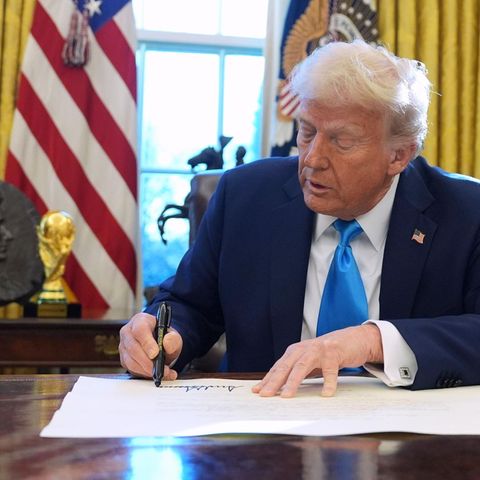The free consultation of Clearing Company Reports Equifax It opened for a few days this month, just like it did in February, and will be available until next Monday.
Under the name of “MiClearing Report“, this website allows access to a credit report on “inquiries made, record of unfulfilled, refinanced or updated operations, operations canceled late, rejected and canceled checks.”
In addition, the tool allows access to ID card complaints and the information contained in the Central Credit risk of the Central Bank of Uruguay (BCU).
How is it accessed?
Typically, the price of the report is $490. However, there are times of the year where they allow free access. In this case, it will be available until the tenth of this month and was previously available to users in the month of February.
The form can be accessed online through the company’s official website, as well as in paper format through any Abitab or RedPagos location. You can also call 2-628-1515, choosing extension number 1 and option 2.
The amount of consumer loans grew 10% year-on-year in dollars
The amount of consumer loans of Uruguayan families grew by 10% year-on-year in dollars as of November 2023, and this type of loans occupy almost 40% of the current total, above sectors such as agriculture or services.
The data comes from a recent report on the national financial sector prepared by the Chamber of Commerce and Services of Uruguay (CCSUy)corresponding to the current month of January.
As of November 2023, the consumer credits of the resident private non-financial sector, without taking into account loans for homes and automobiles, measured in millions of dollars, amounted to an amount of 5,161 million dollars, 10% than in November 2022.
In turn, measured in constant weights, the consumer credits of families rose 4.08% year-on-year in that month, reaching a total of 73,875 million pesos. The differences are explained by the variations in the exchange rate over the past year.
In that period, 79% of consumer credits granted to families was granted by banks (private and public), as well as financial intermediation cooperatives and financial houses, while the remaining 21% was from credit administrators.
Source: Ambito




